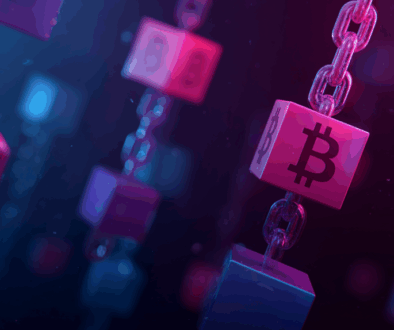Palette Perfect: How Material Design Makes Color Easy
Material design carries over to your website color choices when choosing the perfect palette for your brand.
Material Design (codenamed Quantum Paper) is a design language developed in 2014 by Google. Expanding upon the “card” motifs that debuted in Google Now, Material Design makes more liberal use of grid-based layouts, responsive animations and transitions, padding, and depth effects such as lighting and shadows.
Designer Matías Duarte explained that, “unlike real paper, our digital material can expand and reform intelligently. Material has physical surfaces and edges. Seams and shadows provide meaning about what you can touch.” Google states that their new design language is based on paper and ink but implementation will take place in an advanced manner.
Material Design can be used in all supported versions of Android, or in API Level 21 (Android 5.0) and newer (or for older via the v7 appcompat library), which is used on virtually all Android devices manufactured after 2009. Material Design will gradually be extended throughout Google’s array of web and mobile products, providing a consistent experience across all platforms and applications. Google has also released application programming interfaces (APIs) for third-party developers to incorporate the design language into their applications. The main purpose of material design is creation of new visual language that combines principles of good design with technical and scientific innovation.
We take the guesswork out of the color equation for you here at Apis Productions. Our unique branding board process makes it crystal clear what types of colors work best for your brand, as well as type fonts, headings, logo variations, buttons and much more. Read more on our blog about “The Case for the Branding Board“.
Find out more about color and material design at www.google.com/design.




